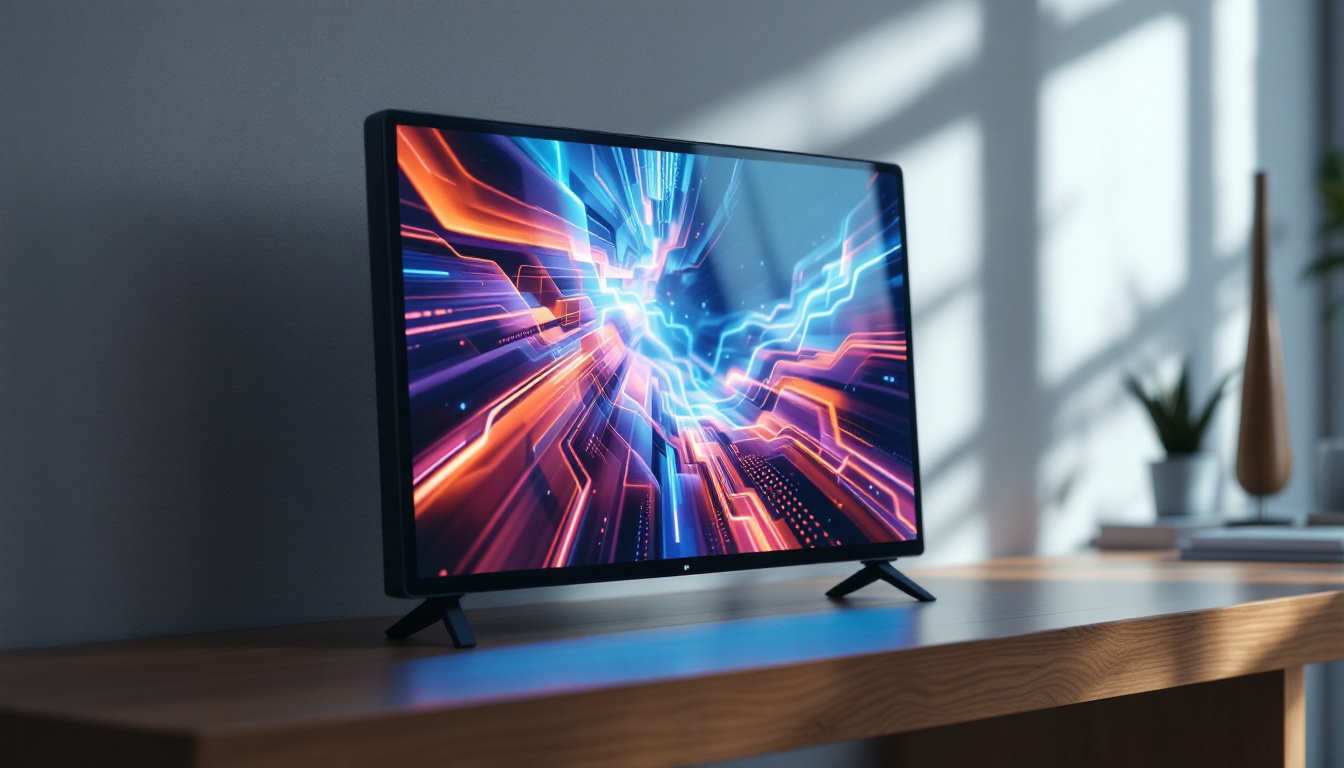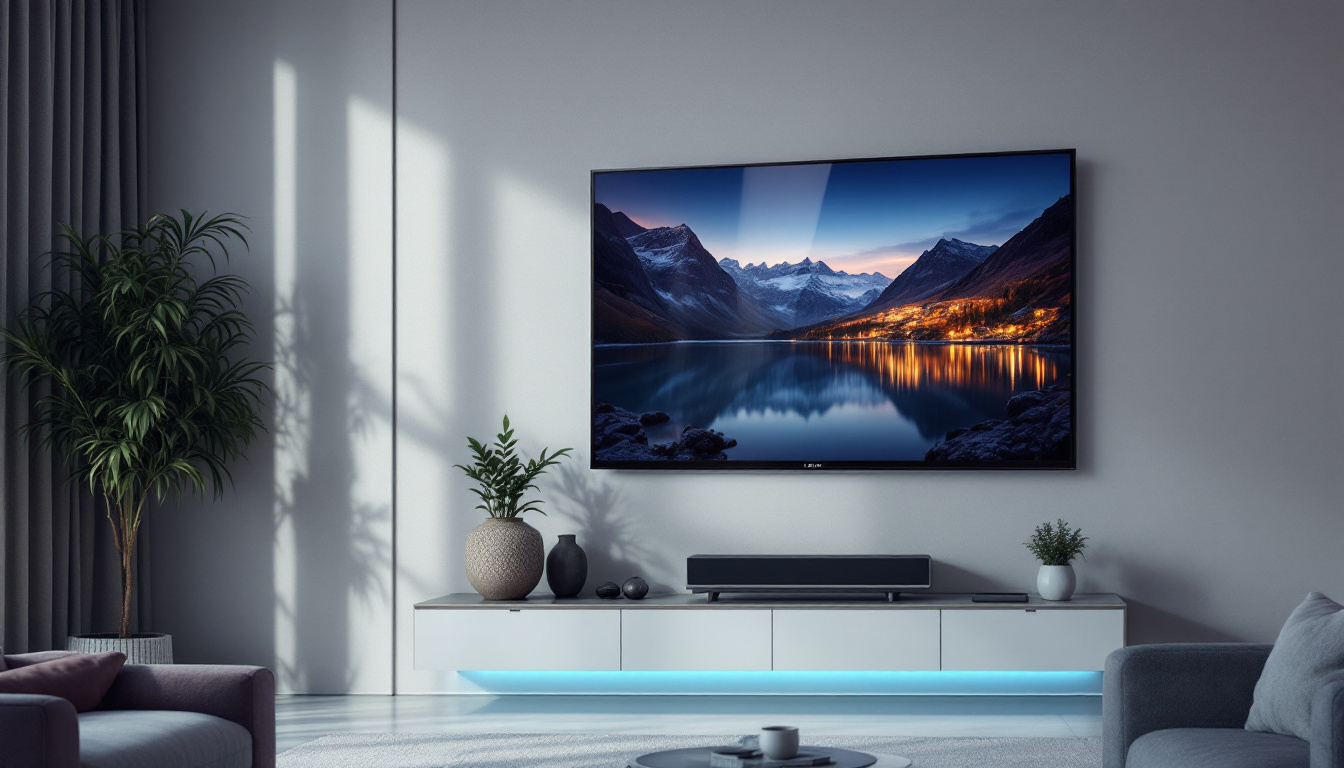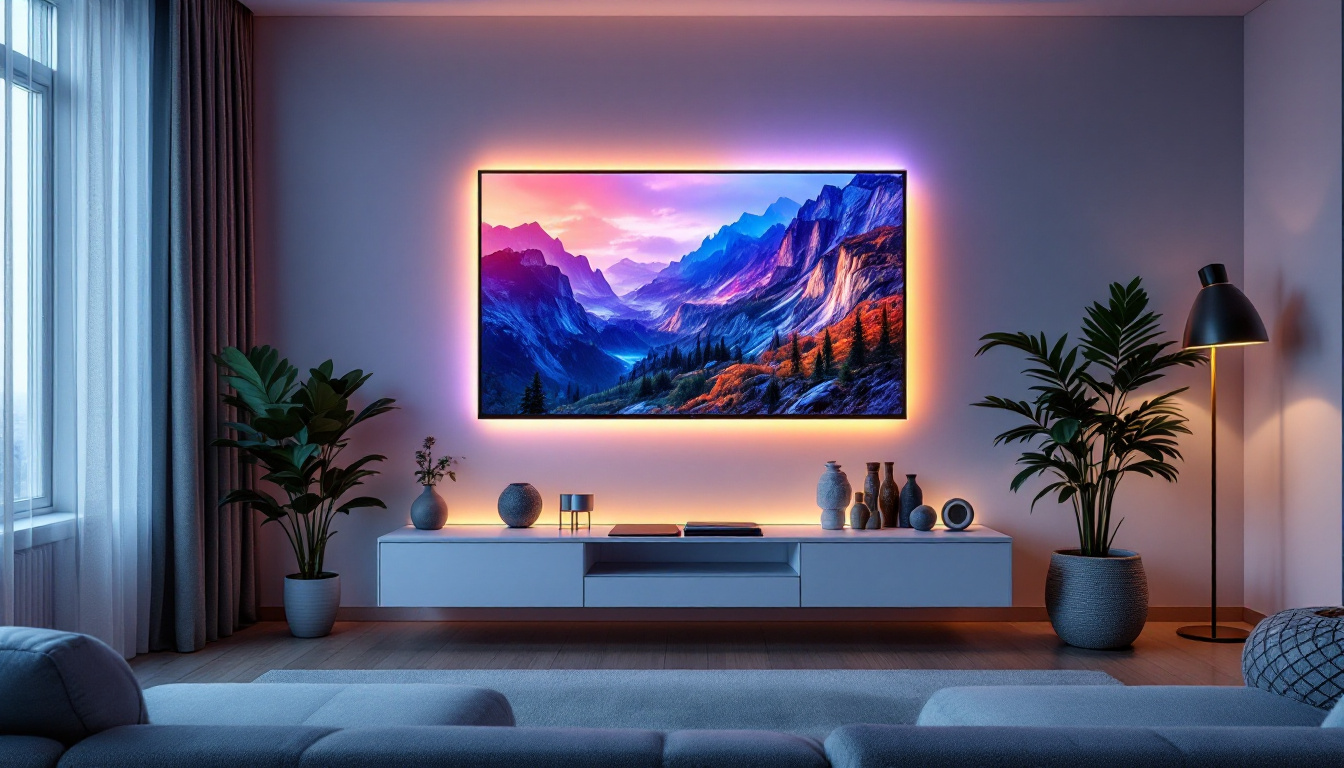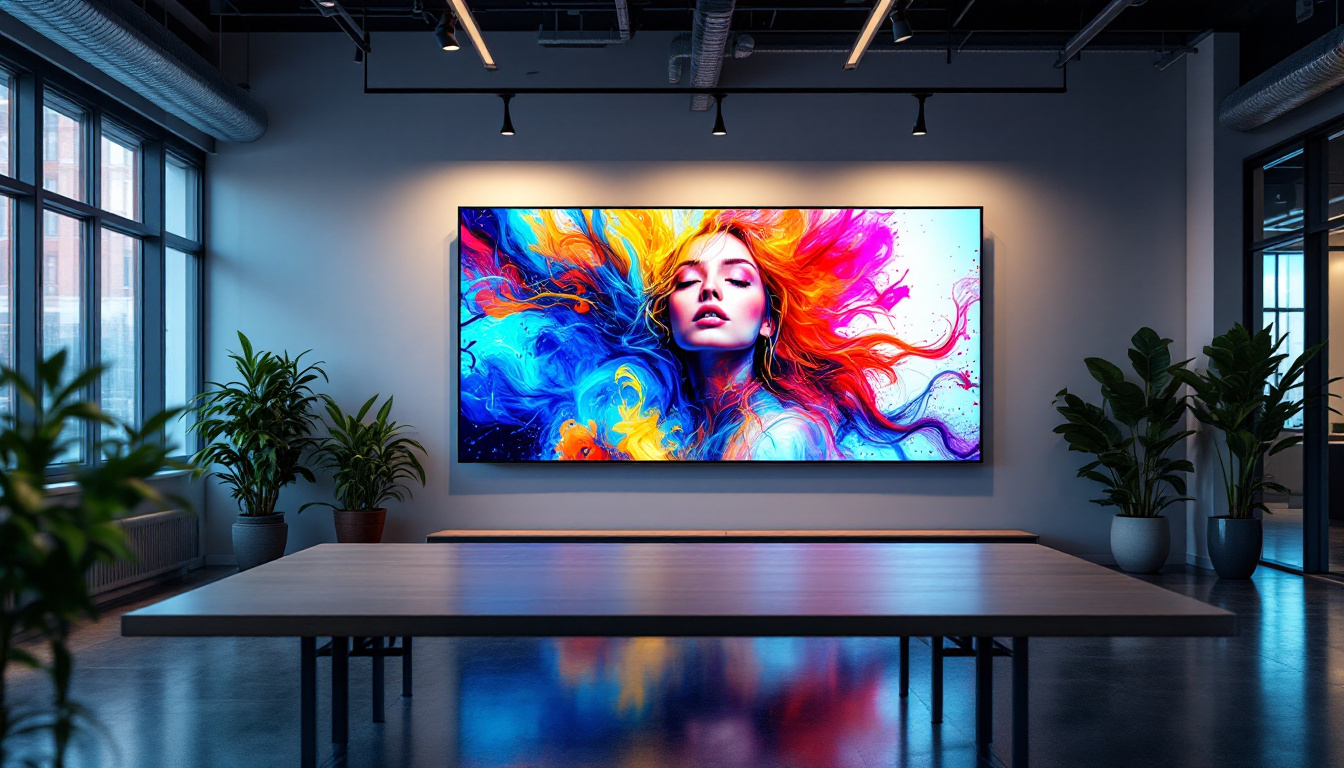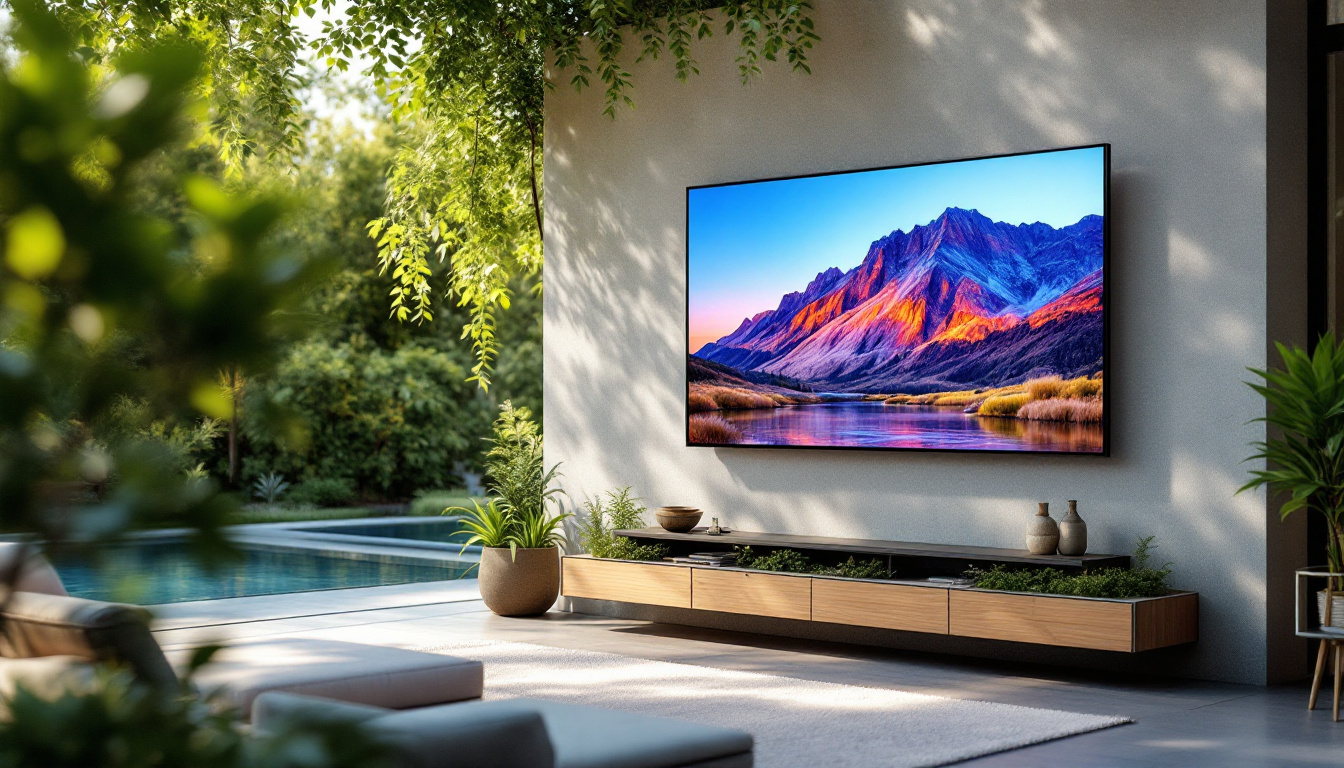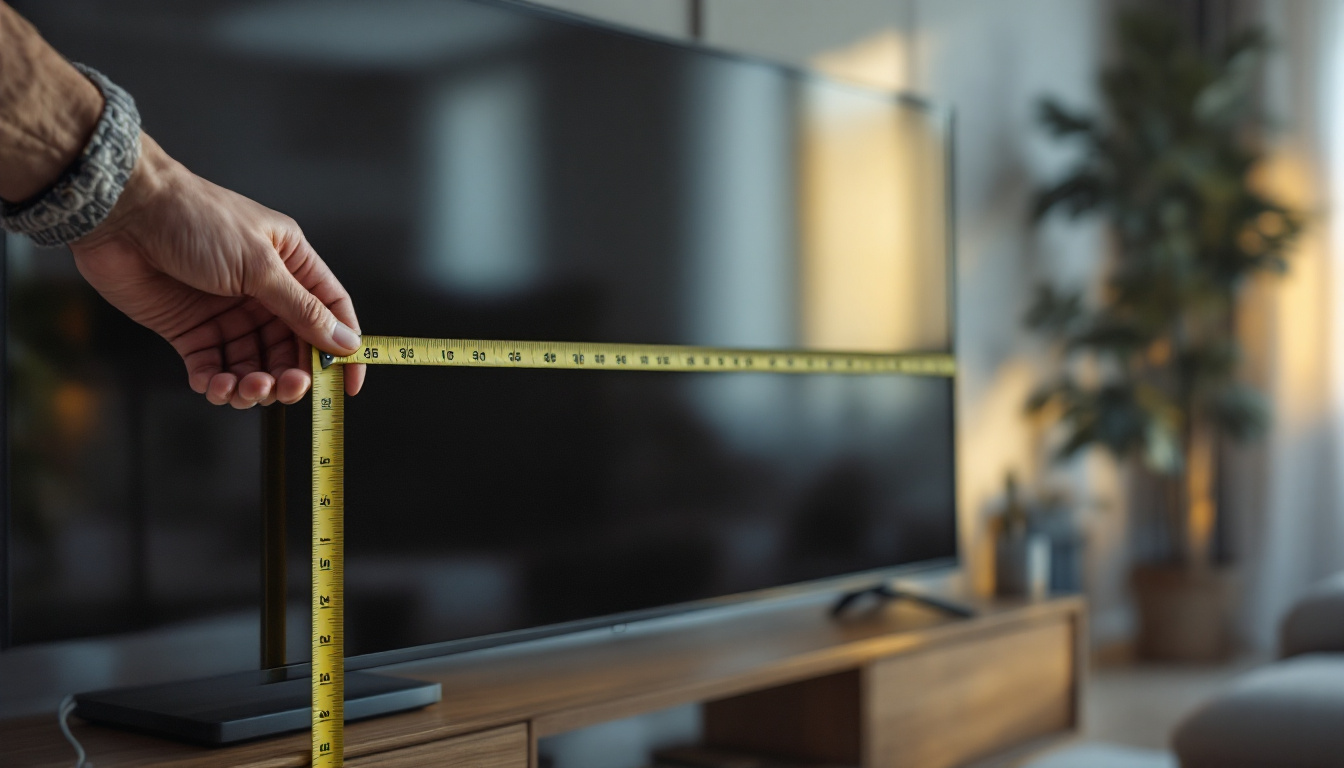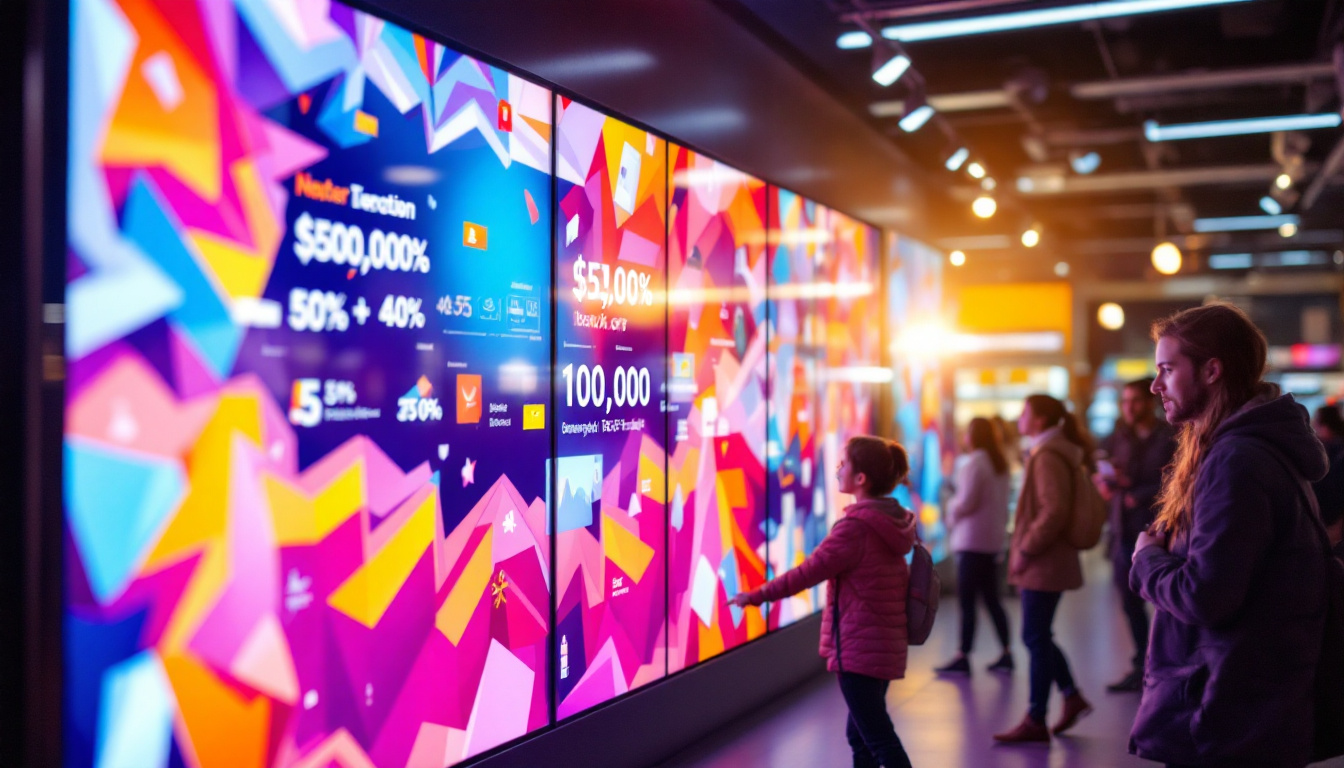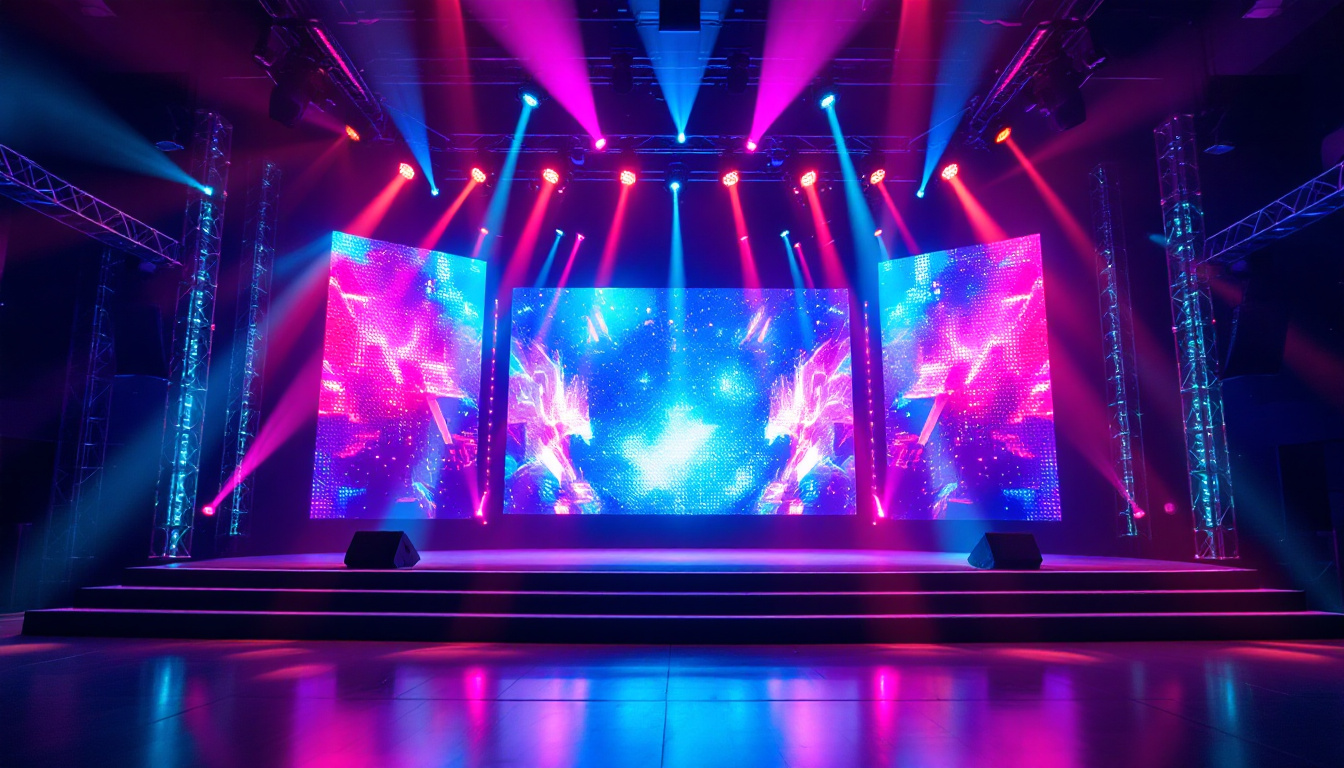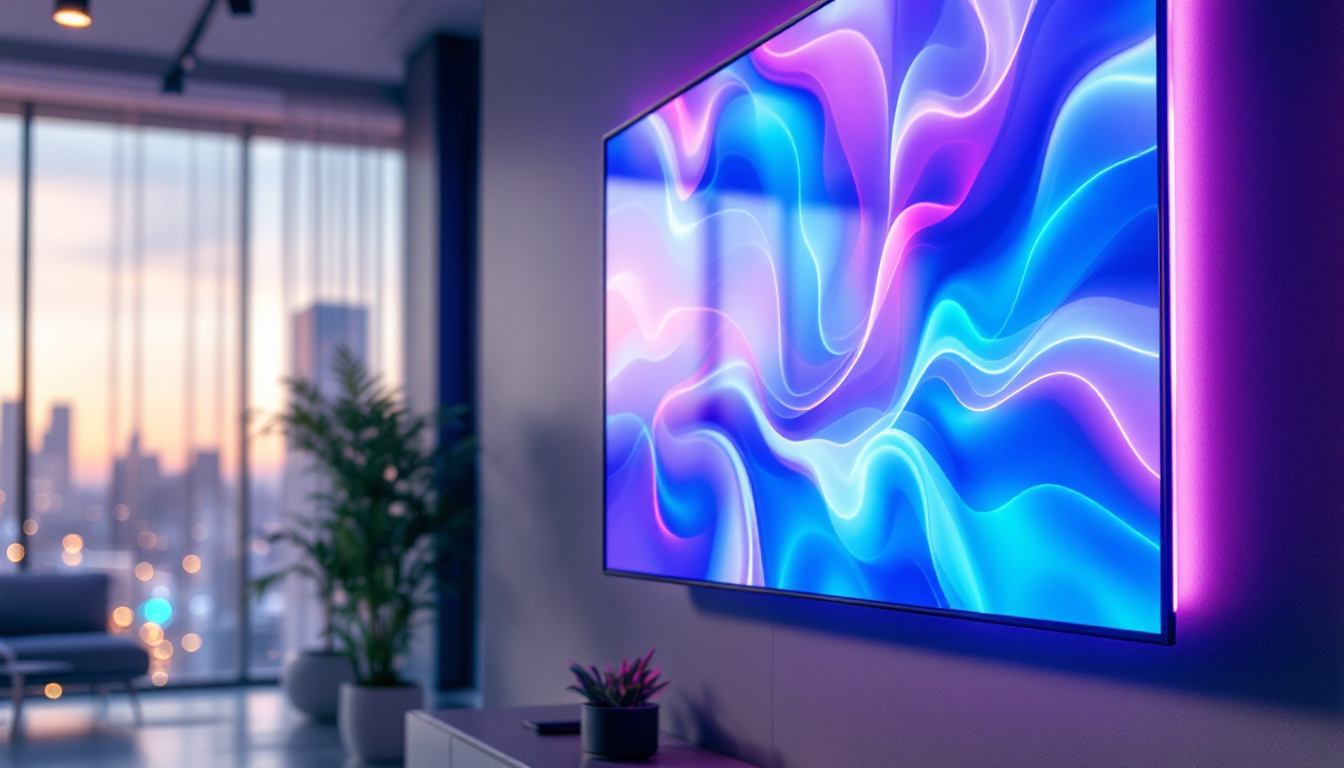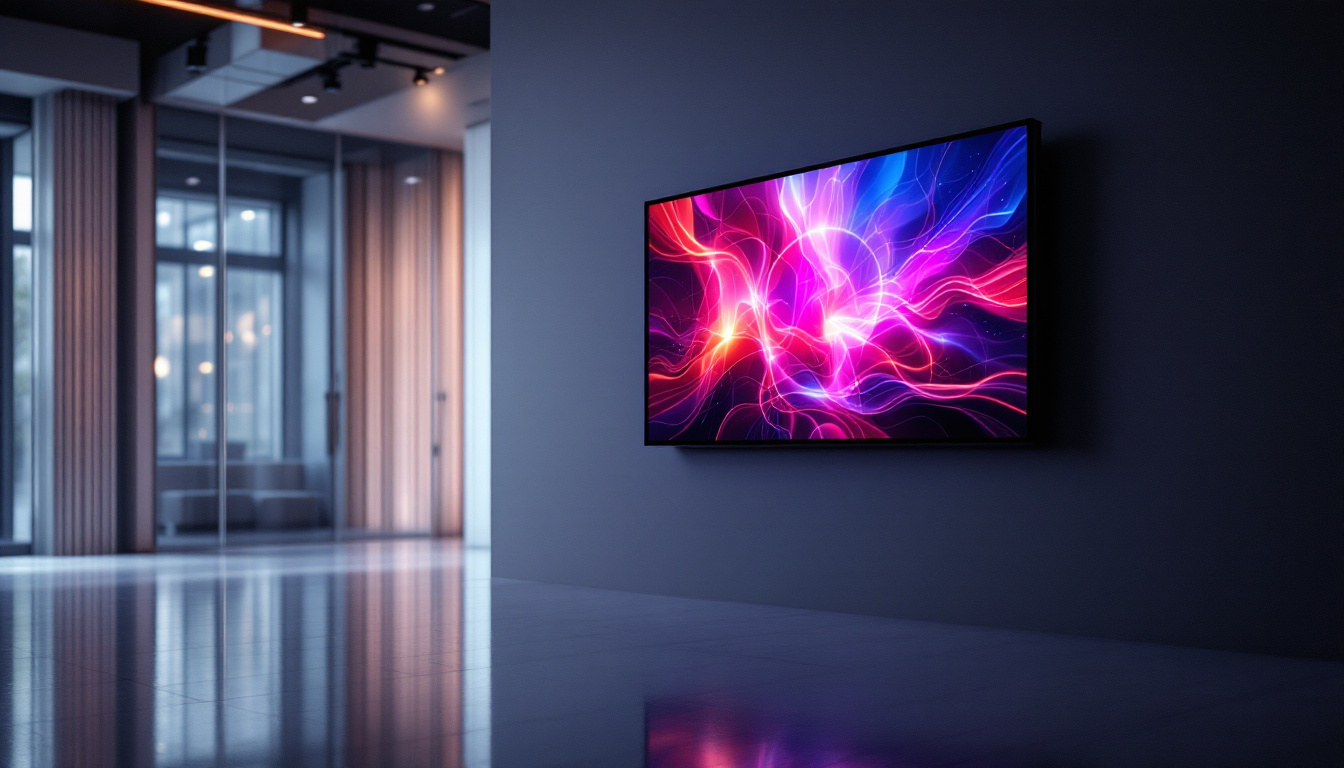In the realm of display technology, LCD panels have become ubiquitous, particularly in portable devices. Among the various sizes available, the 10-inch LCD panel stands out for its versatility and functionality. This article delves into the intricacies of 10-inch LCD panels, focusing on LED displays, their advantages, applications, and the technology behind them.
Understanding LCD Technology
Liquid Crystal Display (LCD) technology has revolutionized the way visual information is presented. Unlike traditional cathode ray tube (CRT) displays, LCDs utilize liquid crystals sandwiched between layers of glass or plastic. This technology allows for thinner, lighter, and more energy-efficient displays. As a result, LCDs have become ubiquitous in devices ranging from televisions and computer monitors to smartphones and tablets, fundamentally changing our interaction with digital media.
The Basics of LCD Operation
At the core of LCD technology is the manipulation of light. When an electric current passes through the liquid crystals, they align in such a way that they either block or allow light to pass through. This process is what creates the images seen on the screen. The backlighting, often provided by LEDs, enhances visibility and color accuracy. Additionally, advancements in backlight technology, such as edge-lit and full-array local dimming, have further improved contrast and brightness, allowing for more vibrant and lifelike images. The interplay between liquid crystals and backlighting is crucial for achieving the desired visual effects, making it a fascinating area of study in display technology.
Types of LCD Panels
There are several types of LCD panels, including Twisted Nematic (TN), In-Plane Switching (IPS), and Vertical Alignment (VA). Each type has its own characteristics, with TN panels being known for their fast response times, while IPS panels are favored for their superior color reproduction and viewing angles. VA panels offer deep blacks and high contrast ratios, making them suitable for various applications. Furthermore, the choice of LCD panel can significantly impact user experience; for instance, gamers often prefer TN panels for their rapid refresh rates, while graphic designers may opt for IPS panels to ensure color accuracy. As technology continues to evolve, newer panel technologies, such as Quantum Dot and Mini-LED, are emerging, promising even greater performance and efficiency, and expanding the possibilities of what LCD displays can achieve.
What is an LED Display?
LED displays refer to LCDs that use Light Emitting Diodes (LEDs) as a backlight source. This technology enhances the performance of traditional LCDs by providing better brightness, contrast, and color accuracy. LED displays have become increasingly popular due to their energy efficiency and longer lifespan compared to conventional fluorescent backlighting. The transition from older technologies to LED has also allowed for thinner and lighter designs, making them more appealing for modern consumer electronics.
Advantages of LED Displays
LED displays offer several advantages over traditional LCDs. One of the most significant benefits is their energy efficiency. Since LEDs consume less power, they contribute to longer battery life in portable devices. Additionally, LED displays can achieve higher brightness levels, making them more suitable for use in various lighting conditions. This capability is particularly beneficial in outdoor environments where sunlight can easily wash out the display, ensuring that content remains visible and clear.
Another advantage is the improved color accuracy and contrast ratios. LED backlighting allows for a wider color gamut, which results in more vibrant and true-to-life images. This feature is particularly important for applications such as graphic design, video editing, and gaming, where color precision is paramount. Furthermore, many LED displays now incorporate advanced technologies like Quantum Dot and HDR (High Dynamic Range), which further enhance the viewing experience by providing deeper blacks and brighter whites, allowing users to appreciate the full spectrum of colors in their media.
Applications of 10-Inch LCD Panels
10-inch LCD panels find their place in a variety of applications. They are commonly used in tablets, portable gaming consoles, and digital signage. The compact size makes them ideal for devices that require portability without sacrificing screen quality. In retail environments, these displays can effectively showcase advertisements or product information, capturing the attention of potential customers with vibrant visuals and dynamic content.
In the realm of education, 10-inch LCD panels are often utilized in interactive learning tools, allowing for engaging and interactive presentations. Their lightweight design makes them easy to transport, facilitating learning in various environments. Additionally, many educational institutions have adopted these panels for use in classrooms, where they serve as digital whiteboards or interactive displays, enabling students to participate actively in lessons. The integration of touch technology further enhances their functionality, allowing for intuitive navigation and interaction with educational content, which can significantly improve student engagement and retention of information.
Key Features of 10-Inch LCD Panels
When considering a 10-inch LCD panel, several key features come into play. Understanding these features can help consumers make informed decisions based on their specific needs.
Resolution and Aspect Ratio
The resolution of a 10-inch LCD panel is a critical factor that influences image quality. Common resolutions include 1280×800 and 1920×1200, with higher resolutions providing sharper images and more detail. The aspect ratio, often 16:10 or 16:9, also plays a role in the viewing experience, affecting how content is displayed and consumed. For instance, a 16:9 aspect ratio is ideal for watching videos, as it aligns with the standard format of most films and television shows, while a 16:10 ratio may be more suitable for productivity tasks, allowing for additional vertical space for documents and web browsing.
Brightness and Contrast Ratio
Brightness, measured in nits, indicates how well a display can perform in various lighting conditions. A higher brightness level is essential for outdoor use or brightly lit environments. Contrast ratio, on the other hand, defines the difference between the darkest and lightest parts of an image. A higher contrast ratio results in more dynamic images, enhancing the overall viewing experience. For example, a contrast ratio of 1000:1 can make colors appear more vibrant and details more pronounced, which is particularly beneficial for graphic design and gaming applications where visual fidelity is paramount. Additionally, many modern LCD panels incorporate technologies such as local dimming, which can further improve contrast by adjusting the brightness of specific areas of the screen based on the content being displayed.
Viewing Angles
Viewing angles are crucial for displays that will be viewed by multiple people or from various positions. A wider viewing angle ensures that colors and brightness remain consistent, regardless of the viewer’s position. This feature is particularly important in collaborative settings, such as classrooms or conference rooms. Many 10-inch LCD panels utilize IPS (In-Plane Switching) technology to achieve superior viewing angles, often exceeding 178 degrees. This means that even when viewed from the side, the image quality remains intact, making it easier for groups to engage with content without needing to crowd around the screen. Furthermore, the ability to maintain color accuracy at wide angles can enhance presentations and discussions, allowing for a more inclusive and interactive experience.
Choosing the Right 10-Inch LCD Panel
Selecting the right 10-inch LCD panel involves assessing various factors that align with the intended use. Whether for personal, educational, or professional purposes, understanding the specific requirements can guide the decision-making process.
Intended Use
The intended use of the display significantly influences the choice of specifications. For instance, a panel used for graphic design may require higher resolution and color accuracy, while a display for casual browsing may prioritize battery life and portability. Identifying the primary use case helps narrow down the options.
Budget Considerations
Budget is another critical factor when choosing a 10-inch LCD panel. Prices can vary widely based on features, brand, and technology. It’s important to balance the desired specifications with budget constraints to find the best value for money.
Brand Reputation and Reviews
Researching brand reputation and customer reviews can provide valuable insights into the reliability and performance of a specific panel. Established brands often have a track record of quality and support, which can be reassuring for buyers. Reading user experiences can also highlight potential issues or advantages that may not be apparent in technical specifications.
Future Trends in 10-Inch LCD Panels
The display technology landscape is constantly evolving, and 10-inch LCD panels are no exception. Emerging trends indicate a shift towards even more advanced features and capabilities.
Integration of Touch Technology
Touchscreen technology is becoming increasingly common in 10-inch LCD panels, enhancing interactivity and usability. This integration allows users to engage with content directly, making devices more intuitive and user-friendly. The demand for touch-enabled displays is expected to grow, particularly in education and consumer electronics.
Higher Refresh Rates
As gaming and multimedia consumption continue to rise, there is a growing demand for higher refresh rates in displays. A higher refresh rate results in smoother motion and reduced blur, which is particularly beneficial for fast-paced gaming and video playback. Manufacturers are likely to respond to this trend by offering 10-inch LCD panels with improved refresh rates.
Advancements in Color Technology
Advancements in color technology, such as Quantum Dot and OLED, are also making their way into smaller displays. These technologies promise to deliver even more vibrant colors and higher contrast ratios, enhancing the overall viewing experience. As research and development continue, it’s likely that future 10-inch LCD panels will incorporate these innovations.
Conclusion
The 10-inch LCD panel, particularly those utilizing LED technology, represents a significant advancement in display capabilities. With their compact size, energy efficiency, and superior image quality, these panels are well-suited for a multitude of applications. As technology continues to evolve, the future of 10-inch LCD panels looks promising, with exciting innovations on the horizon.
Whether for personal use, education, or professional settings, understanding the features and benefits of 10-inch LCD panels can help consumers make informed decisions. As the demand for high-quality displays grows, these panels will undoubtedly play a crucial role in shaping the future of visual technology.
Discover LumenMatrix’s Advanced LED Display Solutions
Ready to experience the future of display technology with a 10-inch LCD panel that offers unmatched clarity and performance? LumenMatrix is at the forefront of LED display innovation, providing a wide array of solutions tailored to meet your needs. From Indoor and Outdoor LED Wall Displays to specialized options like Vehicle, Sports, and Floor LED Displays, our products are designed to captivate and engage. Elevate your visual communication with our Custom, All-in-One, and LED Transparent Displays. Don’t miss the opportunity to transform your space with LumenMatrix’s cutting-edge LED display modules. Check out LumenMatrix LED Display Solutions today and see your message come to life with vibrancy and precision.

